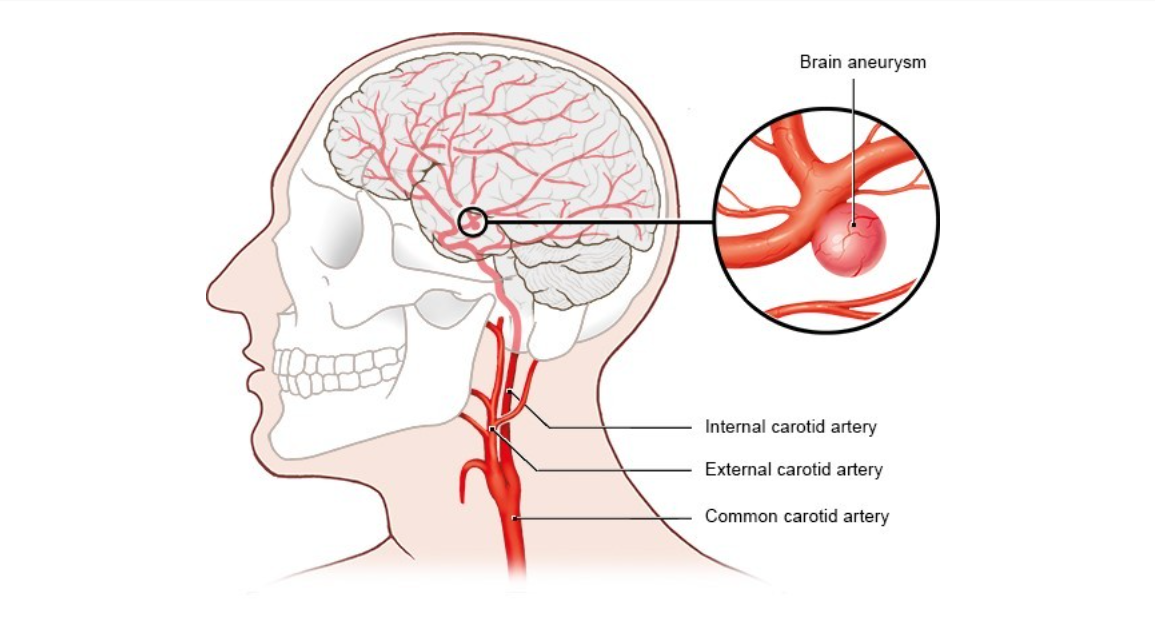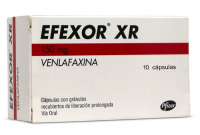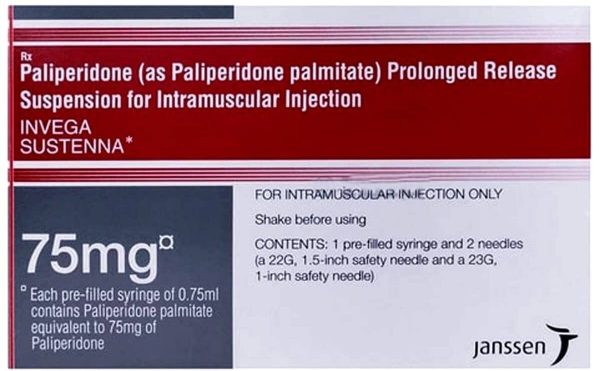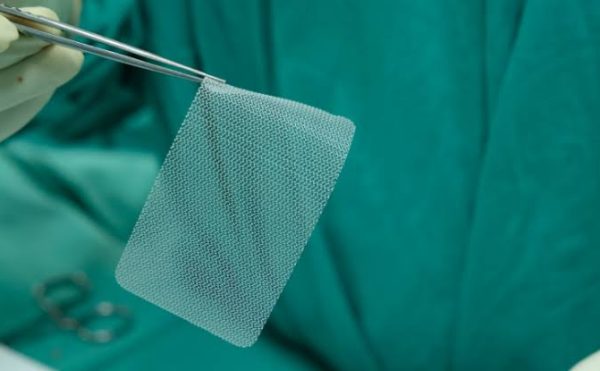Understanding how head injuries relate to a serious condition is very important because it deals with how medical knowledge clashes with common misconceptions. So, the big question is: Can you get a brain aneurysm from hitting your head? To find out the truth about this urgent concern, let’s explore it further through the following explanation!
What Is a Brain Aneurysm?
Before you find out the answer to the question “Can you get a brain aneurysm from hitting your head?”, you need to know what this brain part is. A brain aneurysm is a weak area in a blood vessel within the brain that can burst and lead to a type of bleeding called subarachnoid hemorrhage.
Even though brain aneurysms may sound concerning, most of them don’t cause any symptoms or health issues. So, you could live a long life without ever knowing you have one.
However, in rare situations, aneurysms can become large, leak, or burst. Bleeding in the brain, which results in a hemorrhagic stroke, is serious and requires immediate medical attention.
3 Types of Brain Aneurysm
In general, brain aneurysms come in three different types. You can review each one of them through the brief below!
1. Saccular Aneurysms
They are the most frequent kind with bulge-out-like a dome shape. They’re linked to the artery by a narrow “neck.” Sometimes, they’re called “berry aneurysms” because they resemble a hanging berry.
2. Fusiform Aneurysms
Less common than saccular ones, these aneurysms don’t bulge in a dome shape. Instead, they create a widened section in the blood vessel, causing all sides of the artery to protrude.
3. Mycotic Aneurysms
Caused by bacterial, fungal, or viral infections affecting brain arteries. These infections weaken the artery wall, resulting in a rare type of aneurysm.
Brain Aneurysm Symptoms
Regardless of the question of whether can you get a brain aneurysm from hitting your head; it’s important to know that most brain aneurysms that haven’t burst don’t show any signs, especially if they’re small. But, if a burst aneurysm happens, it’s very serious and usually leads to a severe headache. Read the explanation below!
1. Ruptured Aneurysm
A sudden, very bad headache is the main sign of a burst aneurysm. People often say it’s the worst headache they’ve ever had. Apart from headaches, signs of a burst aneurysm might include:
- feeling sick and throwing up;
- stiff neck;
- blurry or double vision;
- being sensitive to light;
- having a seizure;
- eyelid drooping;
- pass out; and
- feeling confused.
2. Leaking Aneurysm
Sometimes, an aneurysm might let out a little bit of blood. When this happens, a bigger burst often follows. Leaks may occur days or weeks before a burst. Signs of a leaking brain aneurysm might involve a sudden, extremely bad headache that might last for several days or up to two weeks.
3. Unruptured Aneurysm
An unburst brain aneurysm might not show any signs, especially if it’s small. But a larger unburst aneurysm might push through brain tissue and nerves. Signs of an unburst brain aneurysm might include:
- pain above and behind one eye;
- one pupil being bigger;
- changes in vision or double vision; and
- numbness on one side of the face.
7 Brain Aneurysm Causes
Sometimes, issues with blood vessels that happen when a person is born or sustained head injuries can lead to brain aneurysms. So, Can you get a brain aneurysm from hitting your head? Look at the certain conditions passed down through families that are linked to brain aneurysms, as informed below.
1. Autosomal dominant polycystic kidney disease that causes small fluid-filled sacs to form on the kidneys.
2. Neurofibromatosis type 1 causes changes in skin color and the growth of tumors along nerves in various parts of the body.
3. Marfan syndrome when people with this condition are often tall and have very long arms, fingers, legs, and toes.
4. Multiple endocrine neoplasia types 1 that leads to tumors growing in the endocrine glands, small intestine, and stomach.
5. Pseudoxanthoma elasticum is a type of disorder that causes the buildup of calcium and other minerals in parts of the body’s connective tissue.
6. Hereditary hemorrhagic telangiectasia, which causes the development of a tangled network of blood vessels called arteriovenous malformations (AVMs) between arteries and veins, may also lead to a brain aneurysm.
7. Ehlers-Danlos syndrome Type II and IV or a condition that affects the connective tissue supporting the skin, bones, blood vessels, and other organs.
4 Diagnosis Method for Brain Aneurysm
Still related to the question, “Can you get a brain aneurysm from hitting your head?”, typically, doctors will use some tests to examine the condition. They use the following four methods to find out if patients have a brain aneurysm after having a head injury or not.
1. CT scan
This creates pictures of your brain by sliding you into a scanner. A special dye is injected into your vein to help you see blood flow and spot any aneurysms.
2. MRI
Similar to a CT scan, it uses magnetic fields and radio waves to create detailed images of your brain and blood vessels. It’s good at finding aneurysms larger than 3-5 mm.
3. Angiogram
This is considered the best way to find aneurysms. It involves lying on an X-ray table while a doctor inserts a tube into a leg blood vessel. They guide this tube to the blood vessels in your neck and inject a dye, making your blood vessels visible on X-rays. This will help locate the aneurysm.
4. Spinal Tap
If a doctor suspects a ruptured aneurysm, they might do this test. You’ll likely get a sedative to ease any discomfort. The needle is used to remove spinal fluid, which is then tested for blood, indicating a possible rupture.
3 Brain Aneurysm Treatment Options
Brain aneurysms can be treated surgically or using an endovascular approach. Around 50% of aneurysms can be treated without direct surgery. You may observe some of the treatment options for a brain aneurysm, as follows.
1. Endovascular Embolization
This non-surgical treatment is done by threading a small catheter through a leg artery up to the brain. Tiny coils are inserted into the aneurysm to block it. A hospital stay is typically 2-3 days.
2. Open Neurosurgery Craniotomy with Surgical Clipping
Surgeons made an incision in the skull to access and clip the blood vessel causing the aneurysm. Most aneurysms can be treated with a minimally invasive approach, resulting in a short hospital stay of 2-3 days.
3. Craniotomy with Cerebral Bypass
For complex aneurysms unsuitable for regular clipping, a bypass is created during a craniotomy to redirect brain circulation away from the aneurysm. Hospital stays for this procedure are typically 3-5 days.
Hence, Can You Get a Brain Aneurysm from Hitting Your Head?
In summary, while head injuries can lead to various brain problems, they usually don’t cause brain aneurysms directly. Aneurysms typically form due to weak spots in blood vessels or other health factors. However, understanding the signs and risk factors for aneurysms is important for early detection and proper care.
Bagikan









